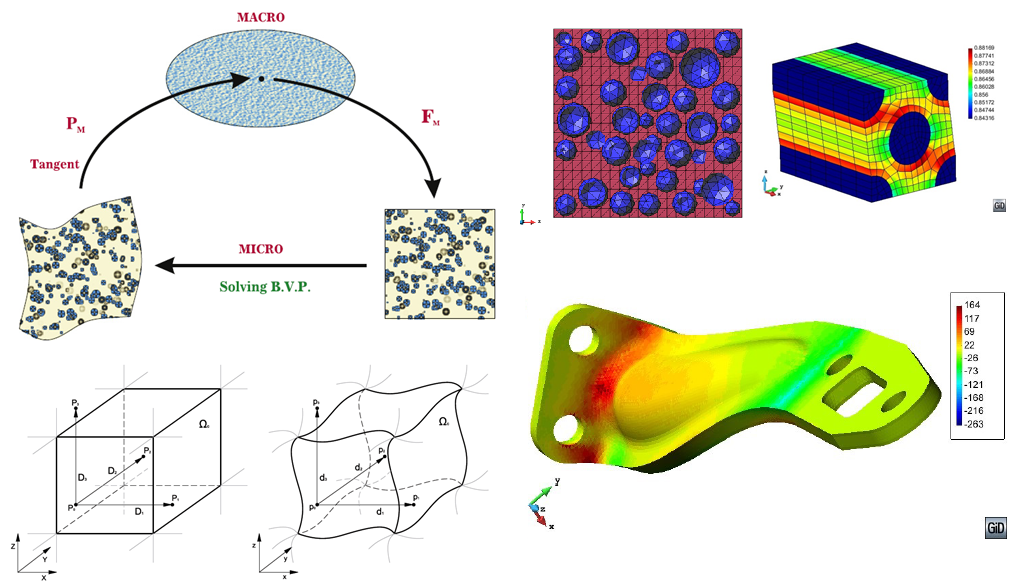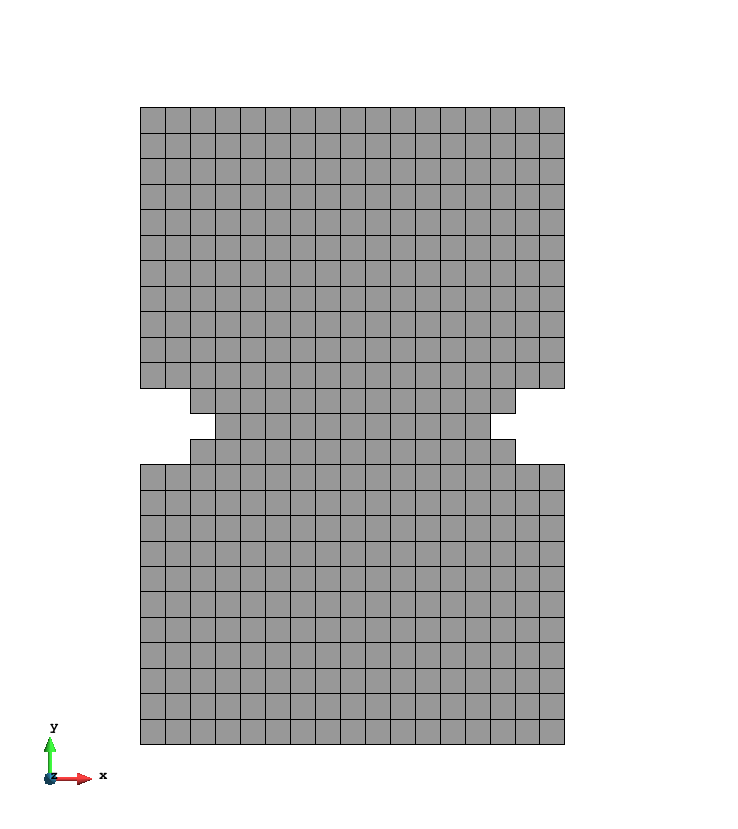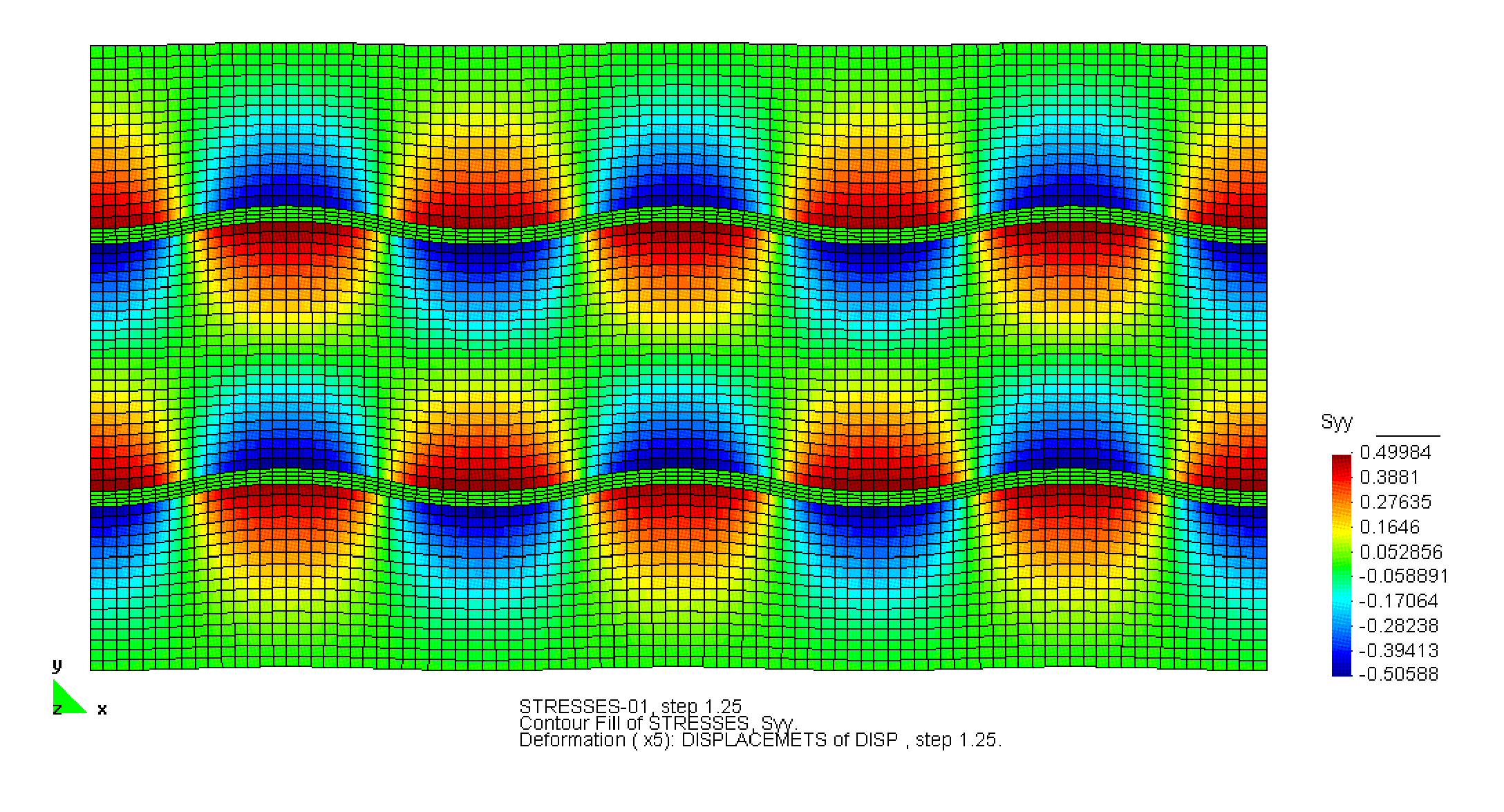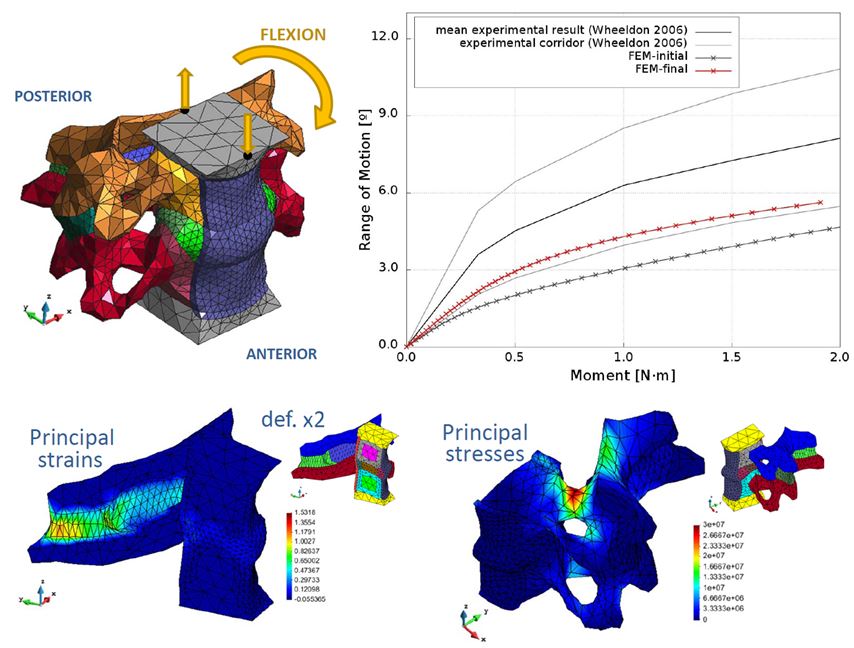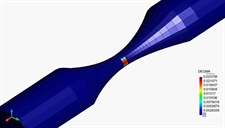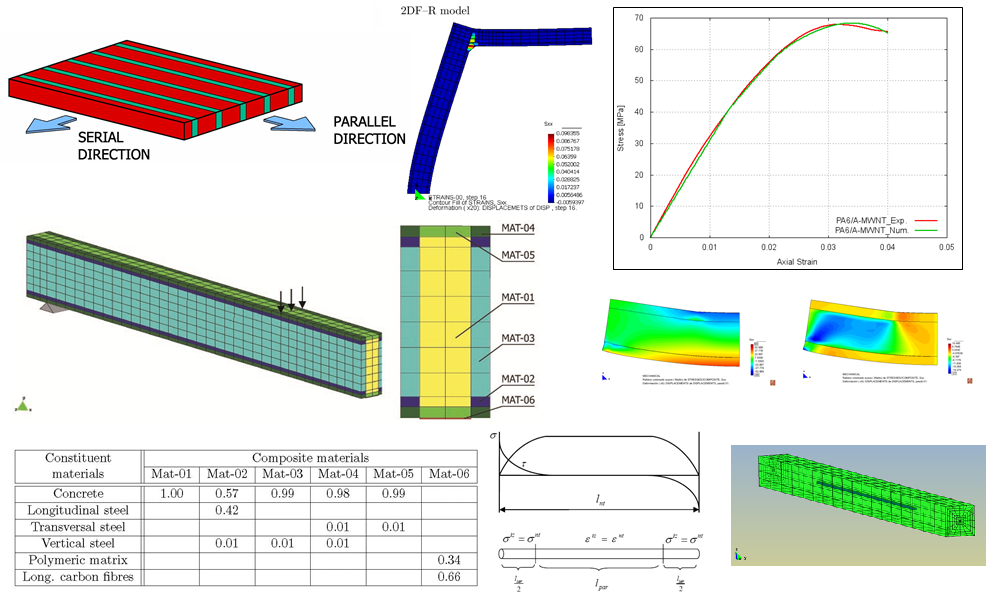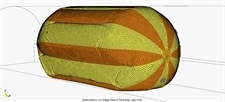|
Multi-scale homogenization methods
In a multi-scale homogenization procedure the modelling problem of heterogeneous or composite materials is divided into two or more scales. Originally the method was formulated in terms of asymptotic expansion theory. Posteriorly, some authors use the method of averages to solve and extend the problem in two scales to the non-linear case. The first-order homogenization is known because uses the deformation gradient as link between the scales. The problem at the subscale is solved considering especial boundary conditions and then the homogenized variables are calculated through the averaging equations. On the other hand, the second-order homogenization uses the deformation gradient and its Lagrangian gradient to solve the subscale boundary value problem. This kind of approach allows transfer the localization phenomenon to the subscale. The disadvantage of the second-order method is its complicated and expensive numerical implementation. To solve problems with intense localization, involving damage and fracture, a continuous-discontinuous homogenization has been developed. The first-order two-scale homogenization problem has been solved by FEM at both scales for 3D geometries. This kind of strategy is known as FE2 procedure. An efficient boundary value problem in the sub scale is used to verify the periodicity requested. The FE2 has as drawback its computational inefficiency when the material reaches to non-linear range. To solve this problem a suitable procedure has been proposed showing significant advantages regard to the classical FE2. |
|

